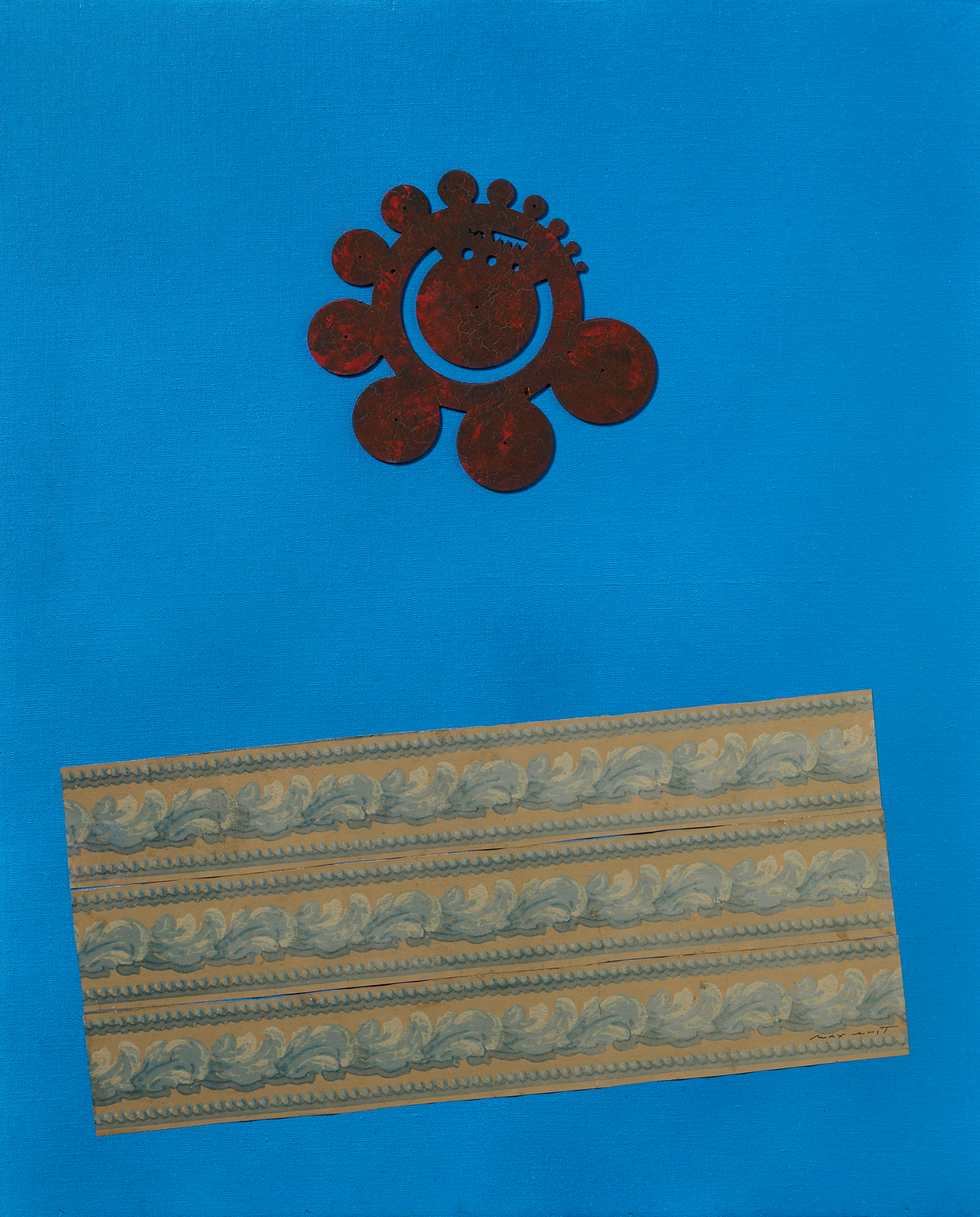MAX ERNST
Max Ernst
1891 Brühl – 1976 Paris
Max Ernst receives his first painting lessons from his father, a teacher of deaf and mute students, who is self-educated in drawing and painting. After graduating from high school, Max Ernst studies classical philology, philosophy, psychology, and art history at the University of Bonn. During World War I he serves in the military. In 1918, he marries the art historian Luise Straus and founds the Cologne Dada Group with Hans Arp and Johannes Baargeld. In 1922, he leaves his family and travels to Paris, where he soon becomes one of the pioneers of surrealism, together with André Breton, Picasso, Braque, Miró and Dalí.

